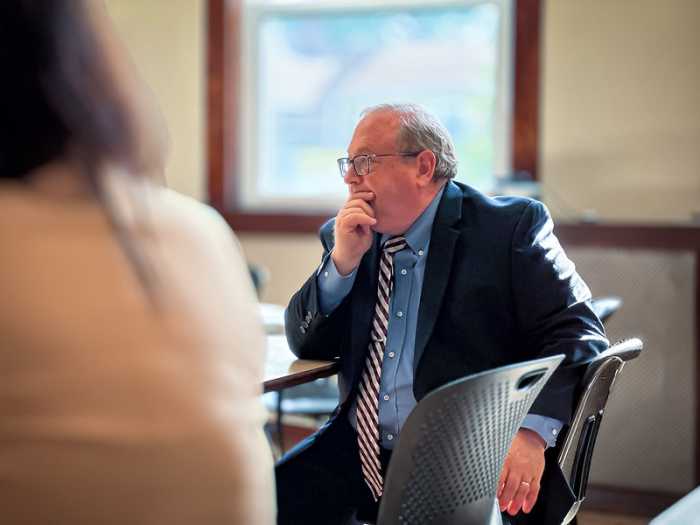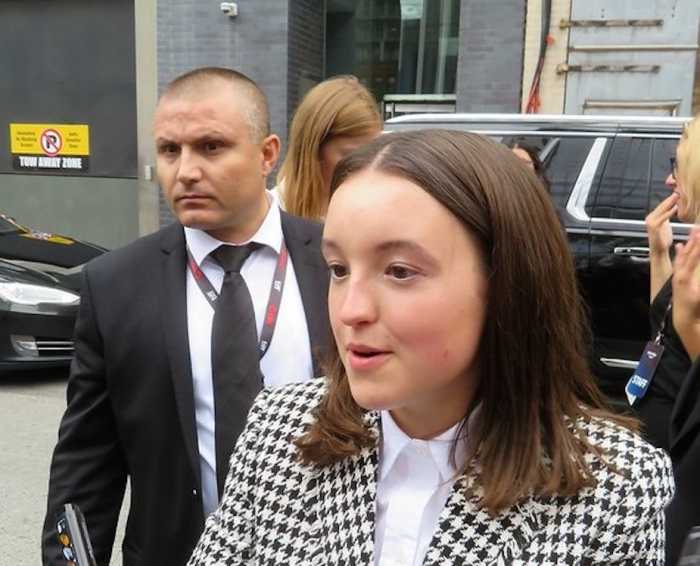For two seasons, “Heartstopper” — the popular webcomic turned Netflix series written by Alice Oseman — has followed the budding romance of Charlie Spring (Joe Locke) and Nick Nelson (Kit Connor). The two meet at school, become friends, and eventually fall for each other. By the end of season two, they’re out and proud, officially dating, and seemingly ready to take their relationship to the next level. It’s an unapologetic, queer love story that instantly sets it apart from its peers with its sickeningly sweet approach to romance.
In season three, “Heartstopper” brings back that same wholesomeness, but isn’t afraid to tread more mature and hornier waters. The season kicks off right where we left off, with Charlie grappling with how to take the plunge and tell Nick that he loves him. Charlie isn’t the only one struggling, though: Nick has his own concerns, mainly to do with Charlie’s declining mental health, which was subtly introduced in season one before becoming more noticeable as season two progressed.
Charlie’s worsening mental health and subsequent eating disorder take center stage for most of season three. This sensitive subject is handled with care, showing the impact it has, not just on Charlie, but those around him. Oseman expertly adapts their own work from page to screen, giving these mature themes the weight they deserve without losing the show’s trademark charm. As Charlie, Joe Locke is at the top of his game, giving a heartbreaking but nuanced performance of a boy who doesn’t want to be a burden but still wants to get better.
Charlie isn’t alone on his road to recovery. Connor matches Locke with an equally gut wrenching performance of a boy in love who doesn’t know how to help his boyfriend. Nick is joined by Charlie’s family — chosen or otherwise — who all grapple with and eventually rise up to help Charlie. Other standouts this season include Jenny Walser as Charlie’s sister Tori, and William Gao as Tao Xu.
Fans of the show know that, with “Heartstopper,” it is never a question of “if” Charlie will get better; it’s a question of “how.” He doesn’t end the season magically cured, but comes out stronger and more sure of himself.
Mental health is not the only major plot of this season, and “Heartstopper” wisely balances that heavy subject with a horny one. Sex is certainly not a new topic for teenage shows. Even queer sex is somewhat normalized today, with the popularity of shows like “Love, Simon,” “Sex Education,” and “Young Royals.” “Heartstopper” once again sets itself apart, managing to show the ups and downs of every character’s sexual journey, relying on humor and grace over gratuitous nudity or expletives in these sex scenes. Even more refreshing is seeing these characters share their experience, not to boast but to connect with and help one another.
As with previous seasons, “Heartstopper” doesn’t end with all of Nick and Charlie’s problems solved. It does, however, leave them – and hopefully viewers – knowing that they have a lot of love to give, romantic or otherwise.
When I reviewed the first season of “Heartstopper,” I wrote that the show’s depiction of queer joy was nothing short of radical. That sentiment still rings true today. According to GLAAD, LGBTQ+ representation in film and media is down 28.5% from 2022, when the first season of “Heartstopper” was released. I also said that a television show wasn’t going to solve all of our LGBTQ+ problems. And maybe that is true, but they can still have a positive impact on queer people’s lives — maybe even save them. The Trevor Project reports that 50% of queer youth don’t have access to mental health resources they need and 39% have contemplated suicide or self harm. Shows like “Heartstopper” stand out for their authentic representation and their willingness to tackle important issues like mental health — all while promising hope of a better tomorrow.
“Heartstopper” | Available on Netflix


































